Cyprus travel tips
Cyprus travel tips: An island nation in the Mediterranean, boasts rich history, diverse culture, stunning landscapes, and a vibrant blend of influences.
Districts 🌎
Cyprus travel tips. Here is a list of all the districts of the Cyprus.
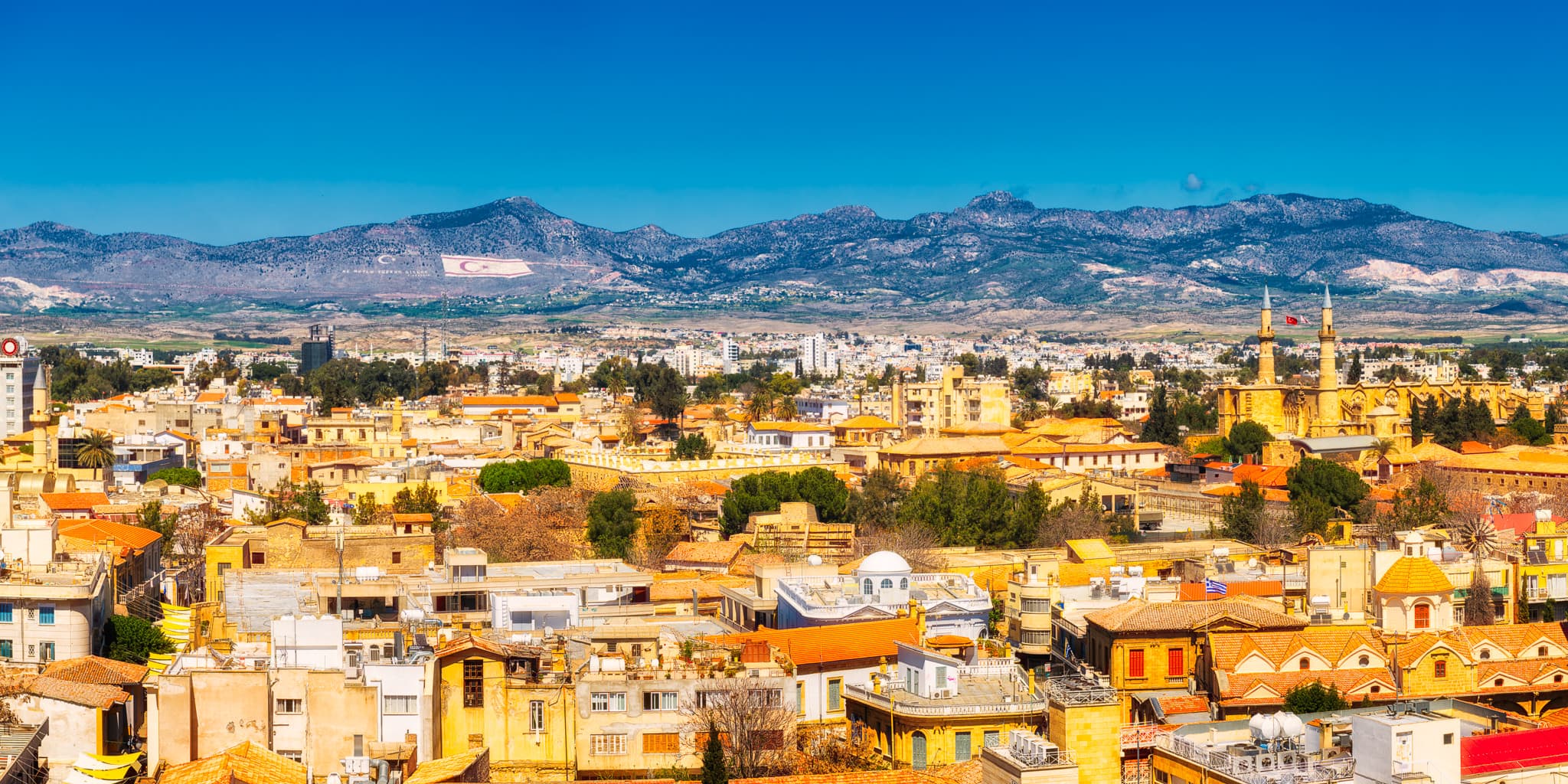
Nicosia
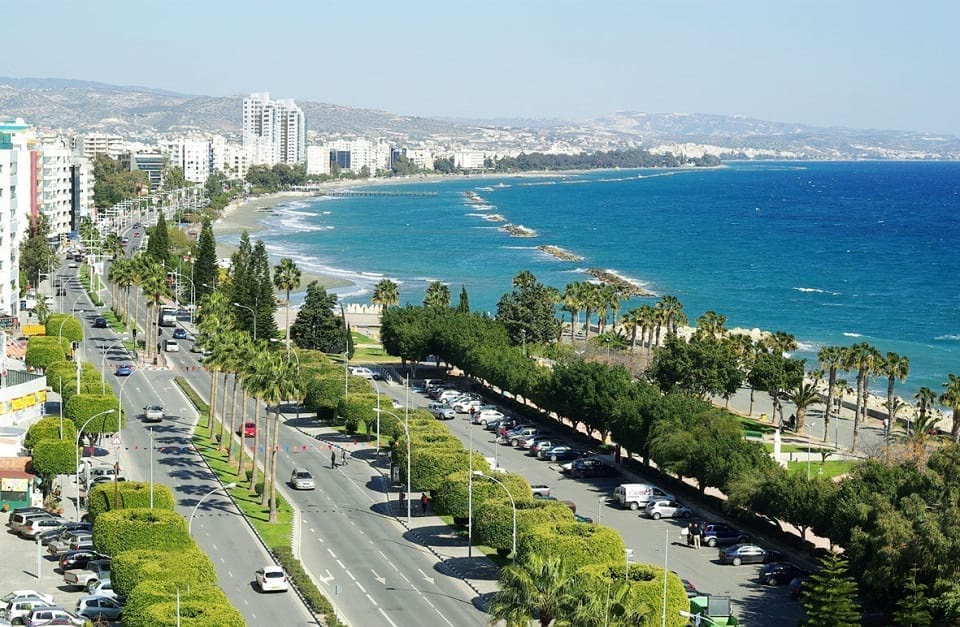
Limassol
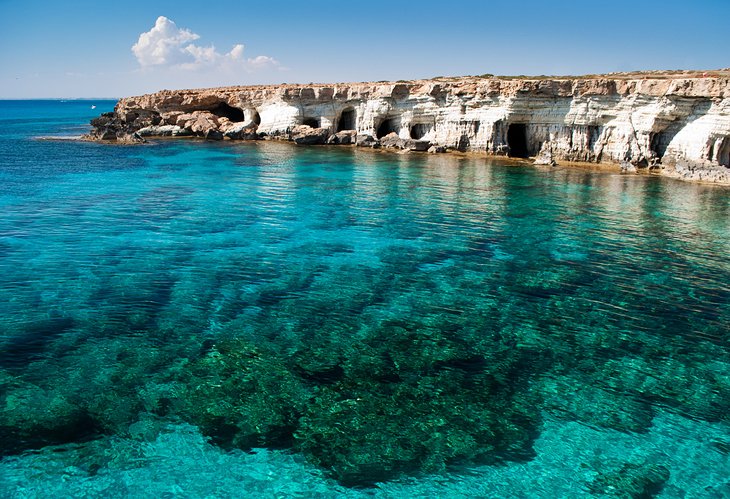
Larnaca
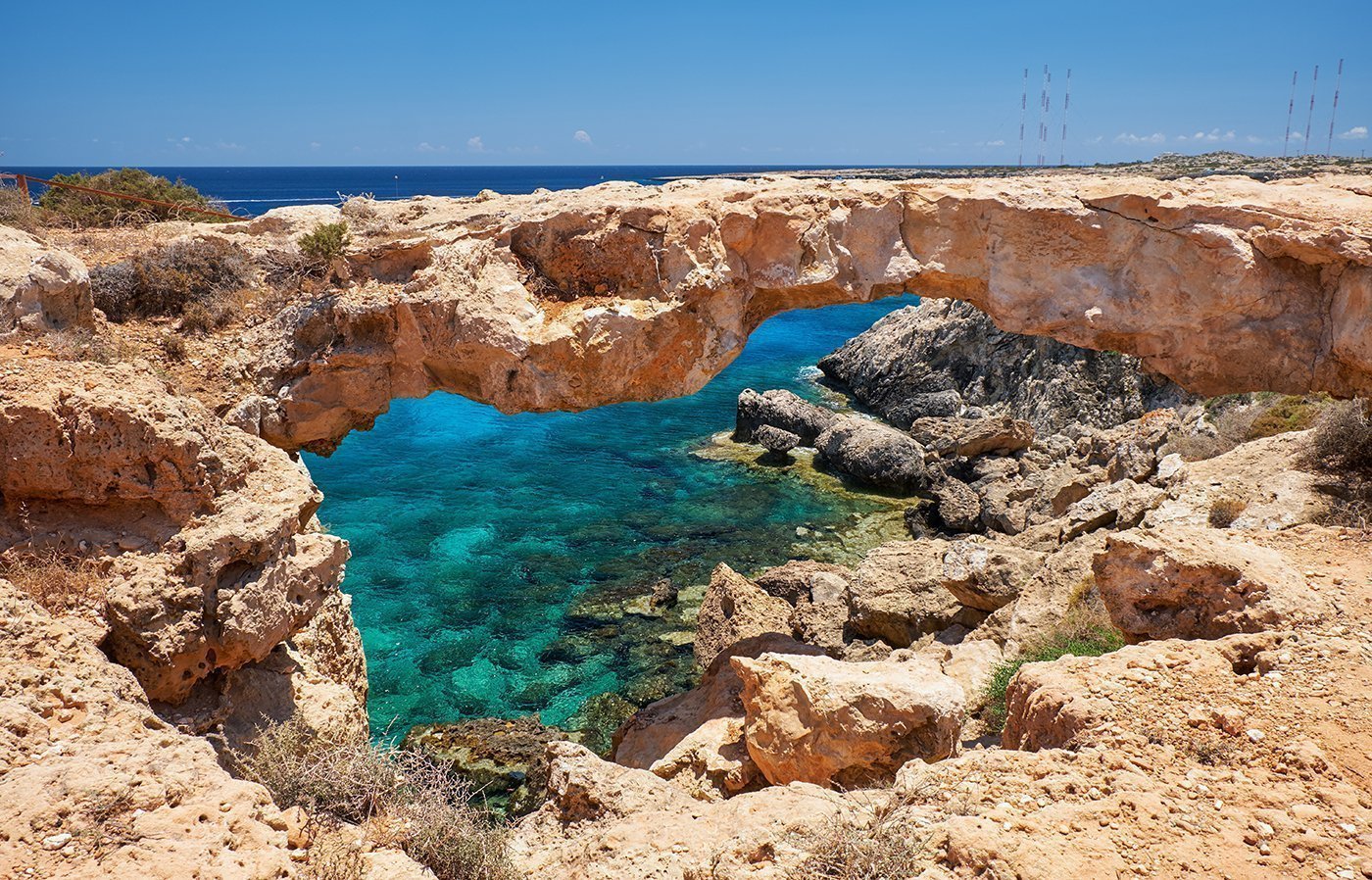
Famagusta
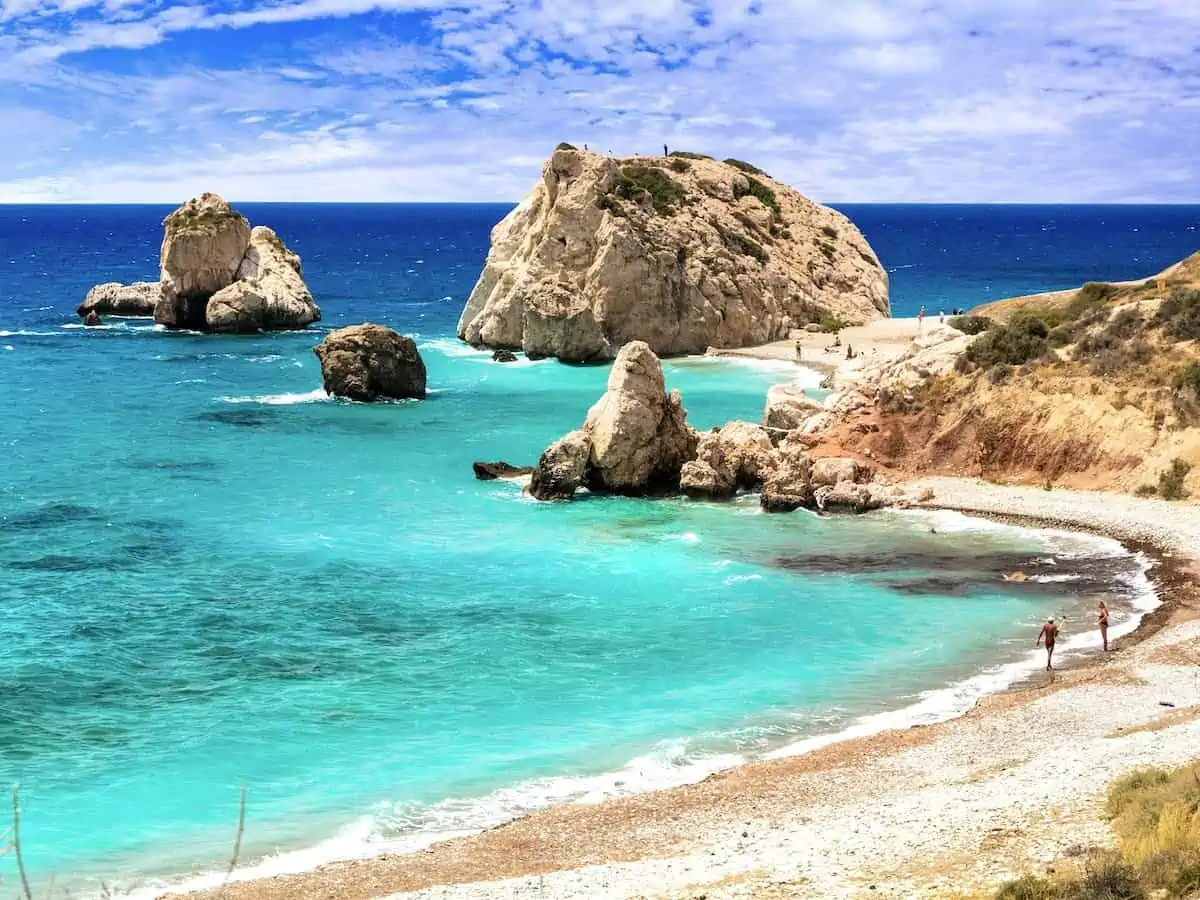
Paphos
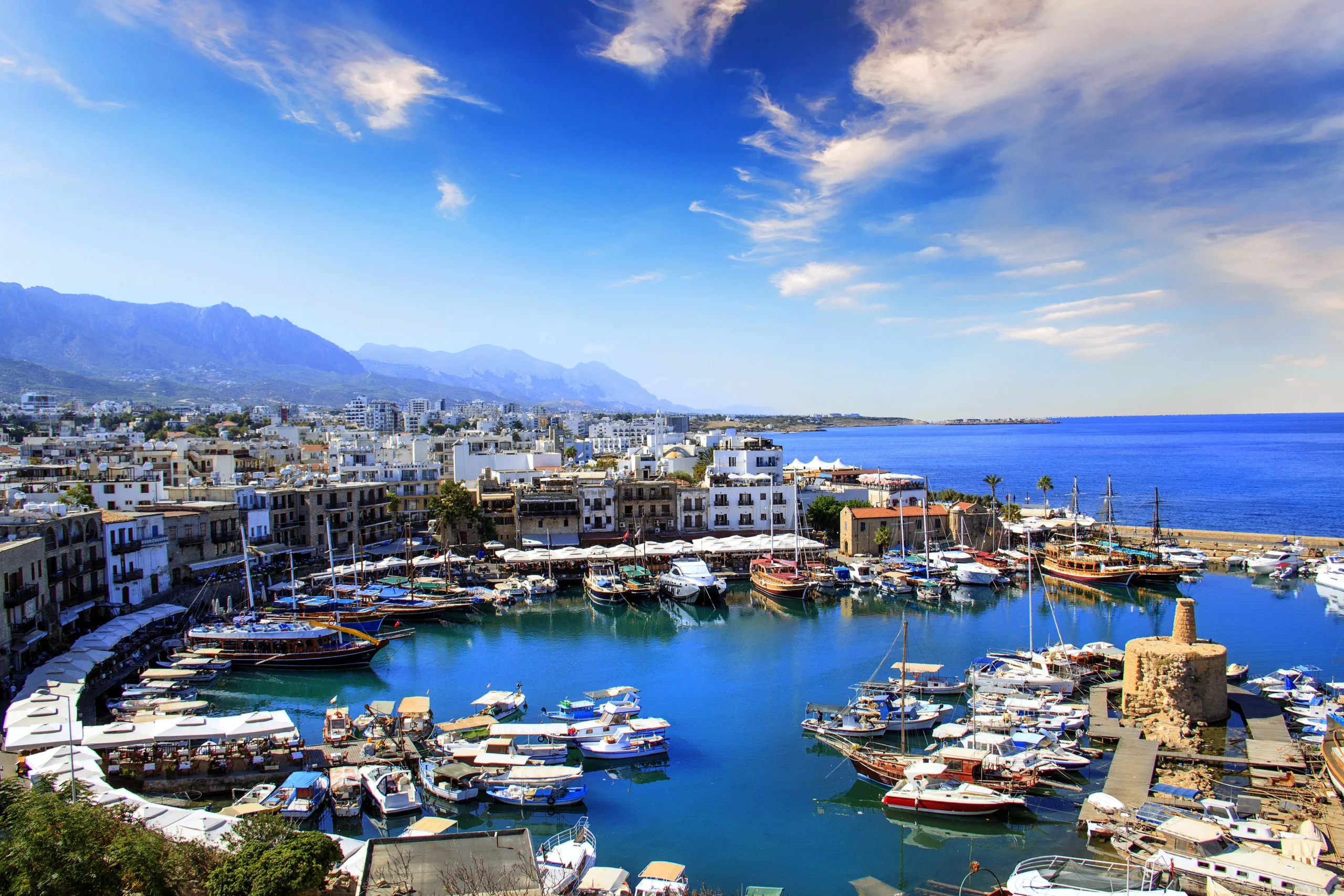
Kyrenia
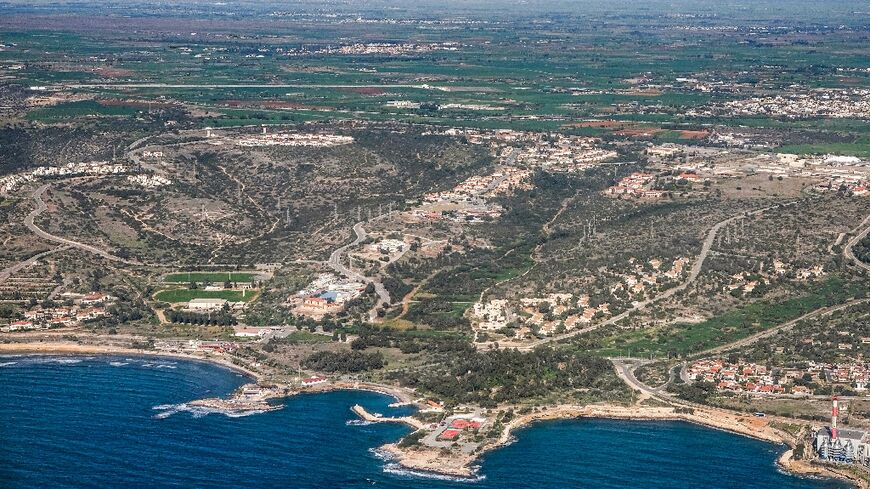
Akrotiri (British Sovereign Base Area)

Dhekelia (British Sovereign Base Area)
Before you go 🛩
Important information you should know before your trip
Info
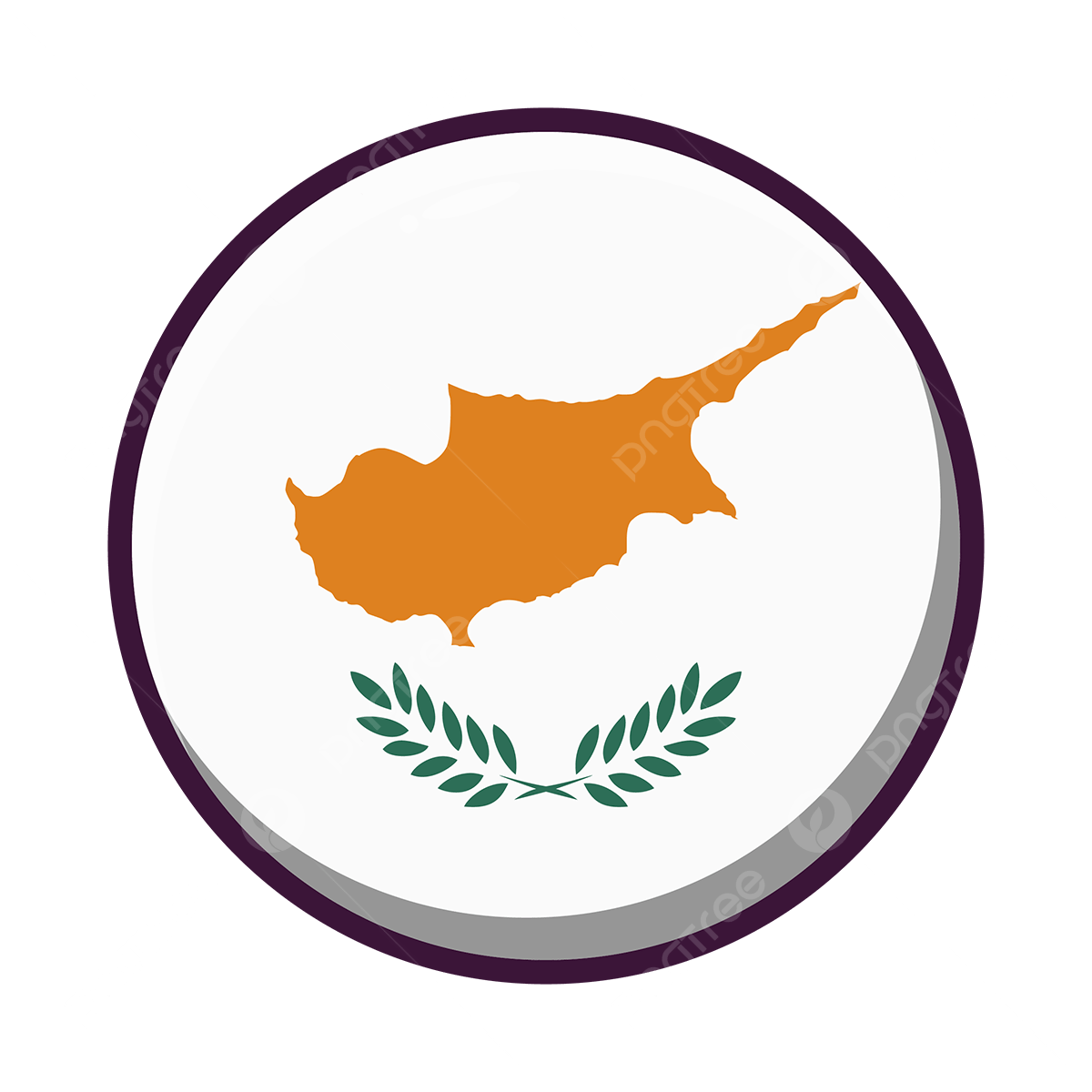
Capital | Nicosia
Flag Codes:
ISO alpha-2 CY,
ISO alpha-3 CYP
Currency
Badge | Euro
CODE | EUR
NUMBER | 978
SYMBOL | €
FRACTION | cent
Mobile Coverage
Dialing Code | +357
SIM Card
Coverage | 3G / 4G / 5G |
Mobile Networks | Cyta-Vodafone Mobile | Epic Mobile | Prime Tel Mobile |

Location
Cyprus is an island country located in the eastern Mediterranean Sea. It is situated to the southeast of Greece, to the south of Turkey, and to the west of Syria and Lebanon. Here are the geographical coordinates of Cyprus: Latitude: 35.1264° N Longitude: 33.4299° E.
Cyprus is the third-largest island in the Mediterranean and is known for its rich history, cultural heritage, and diverse landscapes. The island is roughly divided into two main parts:
The Republic of Cyprus: The southern and larger part of the island is controlled by the internationally recognized Republic of Cyprus. This part of the island is predominantly inhabited by Greek Cypriots.
The Turkish Republic of Northern Cyprus (TRNC): The northern and smaller part of the island is controlled by the self-declared Turkish Republic of Northern Cyprus. This area is predominantly inhabited by Turkish Cypriots.
The island has a complex political history and has been divided since 1974. The capital city of the Republic of Cyprus is Nicosia (Lefkosia in Greek), and the capital of the Turkish Republic of Northern Cyprus is North Nicosia (Lefkoşa in Turkish). It’s important to note that the situation on the island is influenced by this political division, and travelers should stay informed about the current situation and travel advisories before considering any travel to Cyprus.
Currency
The currency of Cyprus is the Euro, with the currency code EUR and the symbol €.
Cyprus adopted the Euro as its official currency on January 1, 2008, after joining the Eurozone, which is a group of European Union (EU) countries that use the Euro as their common currency.
The Euro is divided into 100 smaller units called cents.
Languages
The official languages of Cyprus are Greek and Turkish. Cyprus is a divided island, with the southern part predominantly inhabited by Greek Cypriots and the northern part by Turkish Cypriots. As a result of this division, the island has two official languages.
Greek is widely spoken and used in the southern part of the island, which is controlled by the Republic of Cyprus. Turkish is spoken and used in the northern part of the island, which is administered by the self-declared Turkish Republic of Northern Cyprus.
English is also widely understood and used as a second language in both parts of the island and is often used as a lingua franca for communication between the Greek Cypriot and Turkish Cypriot communities, as well as for business, tourism, and official purposes.
Climate 🌡
Cyprus has a Mediterranean climate characterized by hot, dry summers and mild, wet winters. The island’s climate is influenced by its geographical location in the eastern Mediterranean and its proximity to the surrounding seas. Here are the key features of Cyprus’ climate:
Summer (June to August):
Summers in Cyprus are hot and dry, with temperatures often exceeding 30°C (86°F) and sometimes reaching 40°C (104°F) or higher, especially in the inland areas. The coastal regions are slightly cooler due to the moderating effect of the sea.
Autumn (September to November):
Autumn is characterized by warm and pleasant temperatures, making it a popular time for tourists. Rainfall gradually increases during this period, but the weather remains generally pleasant.
Winter (December to February):
Winters in Cyprus are mild and relatively wet, especially in comparison to the dry summer months. Temperatures in coastal areas average around 15-20°C (59-68°F), while in the mountains, they can drop below 10°C (50°F) during the day. Snowfall is common in the Troodos Mountains.
Spring (March to May):
Spring is another popular time to visit Cyprus due to the comfortable weather and the blooming of wildflowers. Temperatures start to rise, and the island becomes lush and green after the winter rains.
Rainfall:
The island’s average annual rainfall varies across different regions. Coastal areas receive less rainfall than the Troodos Mountains and other inland areas. Most of the rainfall occurs during the winter months, while summers are dry.
Winds:
Cyprus is influenced by different wind patterns throughout the year. The “meltemi” is a northwesterly wind that brings relief from the summer heat. In winter, the island experiences occasional storms and rain-bearing winds.
Humidity:
The coastal areas have higher humidity levels due to their proximity to the sea, while inland regions are drier.
Sea Temperature:
The Mediterranean Sea around Cyprus is warmest during the summer months, with temperatures reaching around 25-28°C (77-82°F). It gradually cools during the winter but remains relatively mild.
Cyprus travel tips
If you’re planning a trip to Cyprus, here are some travel tips to enhance your experience:
Historical Marvels:
Explore ancient ruins like Kourion and Salamis for a glimpse into Cyprus’ fascinating history.
Beach Bliss:
Enjoy sun-soaked beaches; favorites include Nissi Beach and Coral Bay.
Troodos Mountains:
Hike or drive through scenic Troodos Mountains, discovering picturesque villages and monasteries.
Medieval Charm:
Roam through medieval towns like Larnaca or Limassol, where history meets modernity.
Transportation:
Utilize the efficient bus system or rent a car for convenient exploration. View Guide.
Local Etiquette:
Respect local customs, like greeting with a handshake and removing shoes when entering someone’s home.
Blue Lagoon:
Take a boat trip to the Blue Lagoon in Akamas, known for its crystal-clear waters and stunning scenery.
Enjoy your time in Cyprus!

The best of the best
Cypriot cuisine is a delicious blend of Mediterranean flavors, drawing inspiration from Greek, Turkish, Middle Eastern, and Italian culinary traditions. The island’s cuisine makes use of fresh and locally sourced ingredients, resulting in a variety of flavorful dishes.
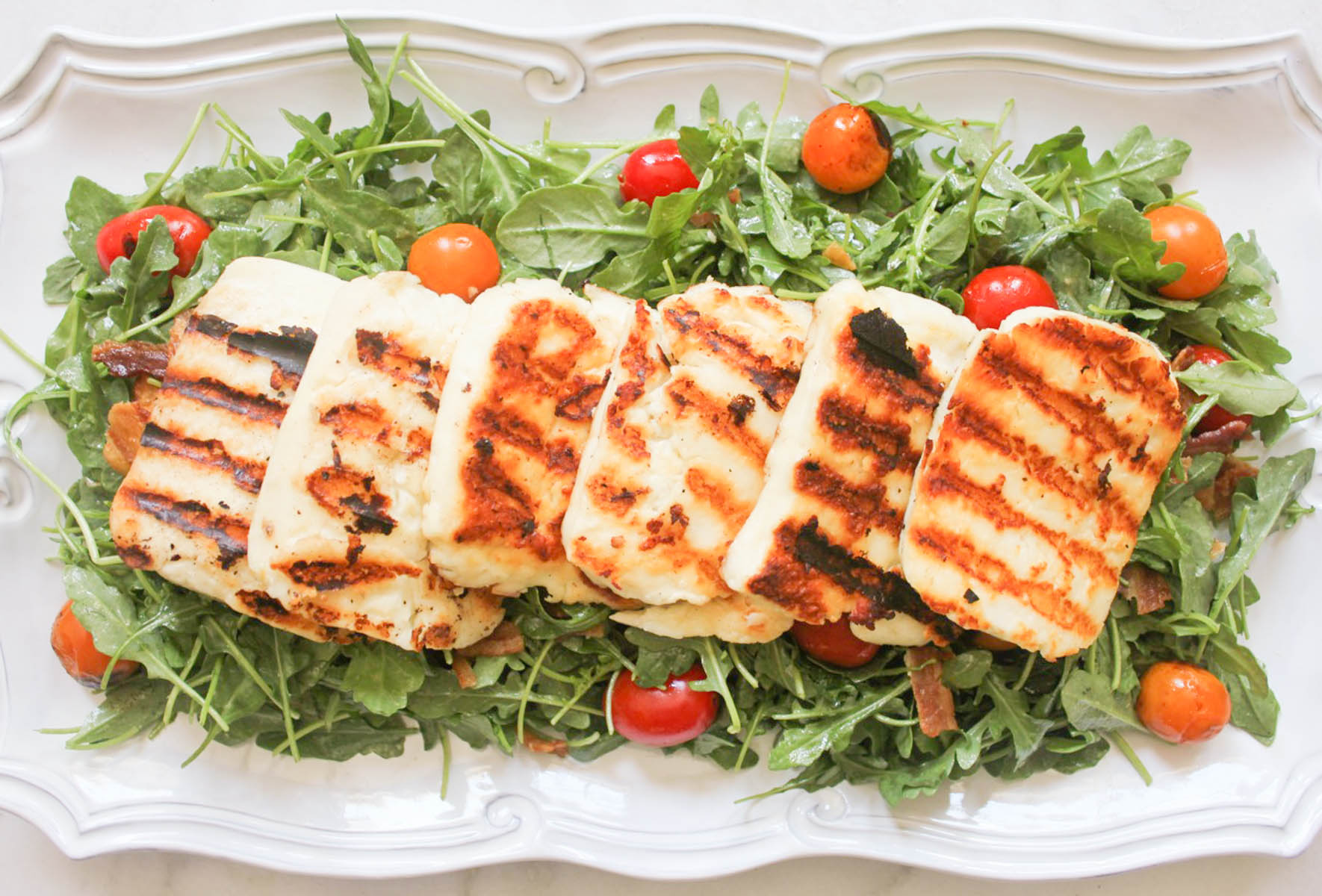
Halloumi
Perhaps one of the most iconic Cypriot foods, halloumi is a semi-hard cheese made from a mixture of goat’s and sheep’s milk.
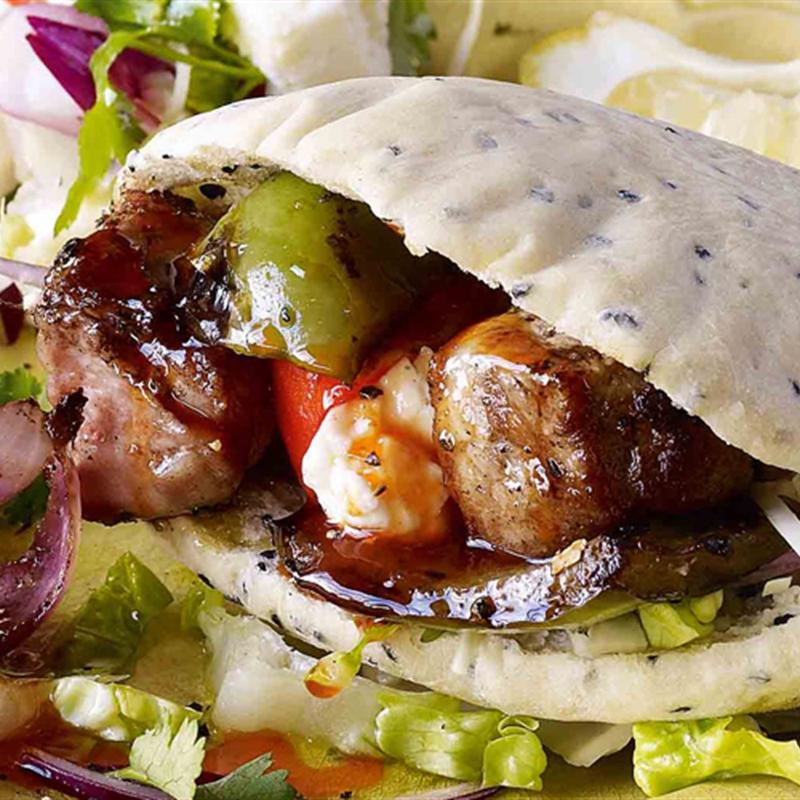
Souvlaki
This is a popular dish made of skewered and grilled pieces of marinated meat, often served in pita bread with vegetables, sauces, and sometimes with a side of French fries.
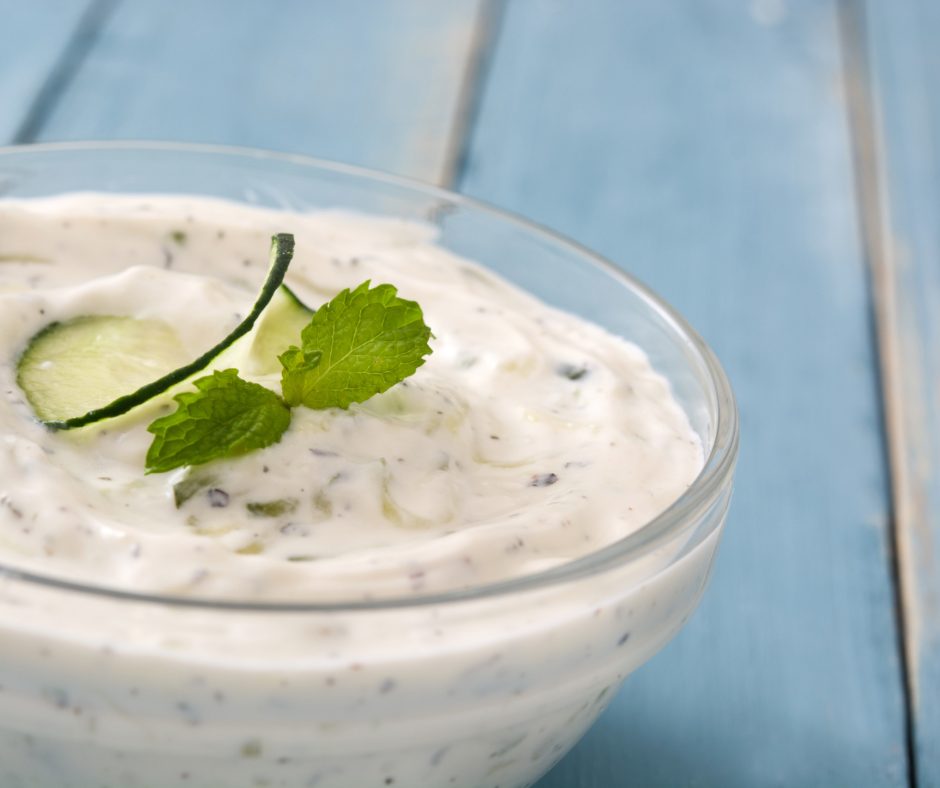
Tzatziki
A refreshing dip made from yogurt, cucumbers, garlic, and dill. Tzatziki is commonly served with grilled meats, as a dip, or as a condiment.
Here are some typical foods you might find in Cyprus:
Kleftiko: A traditional dish of slow-cooked lamb or goat, marinated with garlic, lemon juice, and herbs, then roasted in a sealed oven to keep the flavors inside.
Moussaka: A layered dish with ground meat (often lamb) and eggplant, covered with a creamy béchamel sauce, then baked to a golden brown.
Meze: A collection of small, flavorful dishes that are typically shared. Meze can include a variety of items like olives, dips, cheese, grilled meats, seafood, and more.
Pitta Bread: A staple in Cypriot cuisine, pitta bread is often used to wrap meats, dips, and other ingredients.
Koupepia (Dolmades): Grape leaves stuffed with a mixture of rice, ground meat, and various spices, then simmered in a tomato sauce.
Loukoumades: These are small, deep-fried doughnuts soaked in honey syrup and sprinkled with cinnamon and crushed nuts.
Pastitsio: Similar to lasagna, pastitsio is a layered pasta dish made with ground meat, pasta, and a creamy béchamel sauce.
Yemista: Vegetables like peppers, tomatoes, and zucchini are stuffed with a mixture of rice and herbs, then baked until tender.
Soutzouk Loukoum: A traditional sweet treat made of jelly-like candies coated in powdered sugar. They are often flavored with rosewater or other fruit essences.
Trachanas Soup: A hearty soup made from trachanas, a traditional Cypriot pasta-like ingredient made from cracked wheat and fermented milk.
Sheftalies: Grilled minced meat sausages, typically made from a mixture of pork and lamb, flavored with herbs and spices.
Cypriot cuisine reflects the island’s history, culture, and geographical location, offering a diverse and delicious culinary experience.
Transportation 🚥
More information about this country
Choose your destination 📍🗺
Useful Links ✅



